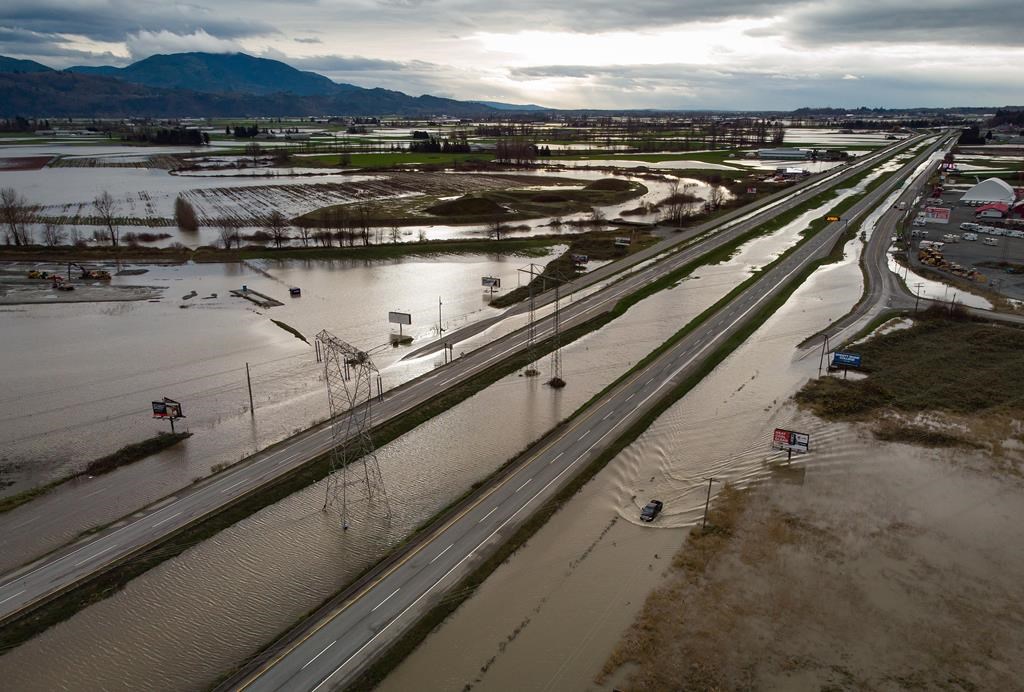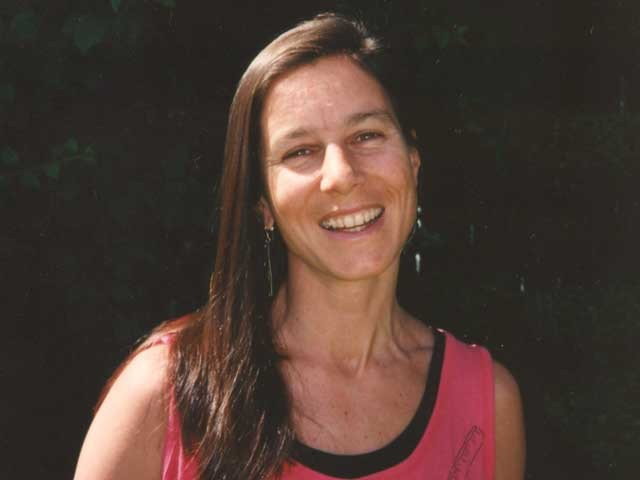Fraser Valley flood water testing finds cocaine, pesticides

Posted November 18, 2022 10:04 am.
Last Updated November 18, 2022 10:05 am.
This time last year, much of the Fraser Valley was still in the grips of an unprecedented flooding emergency, and we’re just now getting a sense of how much that contaminated the local water supply.
A new report from the Raincoast Conservation Foundation details an analysis of 11 surface water and four ground water sites around the former Sumas Lake area after the floods, finding typical things like fecal matter, fuel, and pesticides from farms in samples.
The study also found evidence of drugs, including cocaine and some painkillers.

“While no Environmental Quality Guidelines are available to interpret the 177 new and emerging contaminants in this study, the widespread detection of cocaine, painkillers, and pesticides raises fundamental questions about the health of an area that is home to both fish and people,” the foundation says in a release.
The organization notes there is no baseline data from before the floods, meaning researchers can’t say how badly the disaster harmed water quality and fish habitat. However, it says levels of fecal bacteria were 641 times higher at sites downstream.
“The former Semá:th X_ó:tsa was once relied upon by our ancestors and provided many of the resources required to sustain our people. The November 2021 flood event demonstrated that the spirit of the X_ó:tsa is alive and well and that we must learn to harmonize with Mother Nature today,” said Murray Ned, executive director of the Lower Fraser Fisheries Alliance (LFFA).
Related articles:
-
On anniversary of B.C.’s catastrophic floods, some farmers face years of recovery
-
Abbotsford dike repairs near completion a year after catastrophic floods
-
Fraser Valley farmers concerned about upcoming rainy season
“Our report reveals a collective failure to protect water and fish habitat from contamination arising from multiple activities in BC. It is our hope that these findings contribute to innovation, stewardship and collective investment in green infrastructure that protects both communities and fish habitat,” said toxicologist Peter Ross, the report’s lead author and director of the Healthy Waters program at Raincoast.








